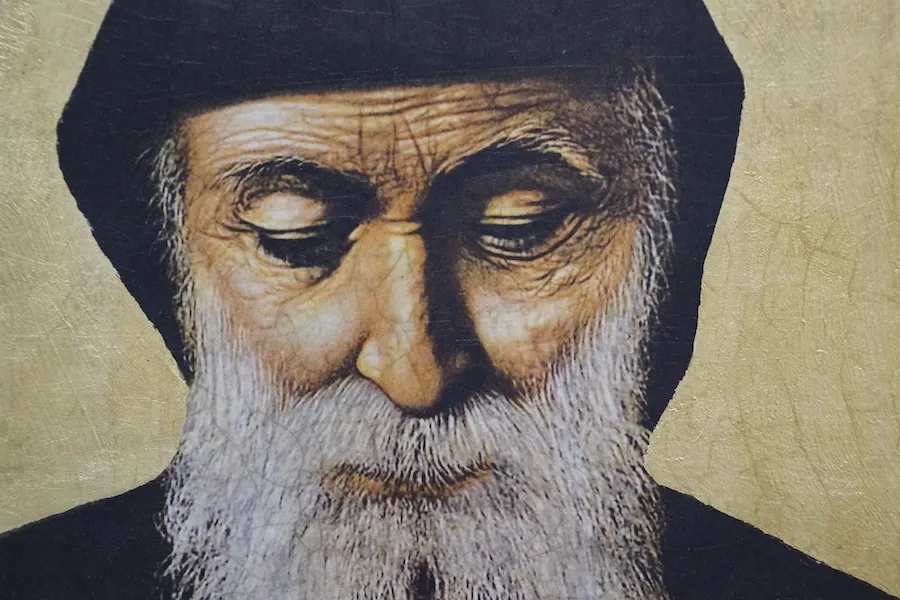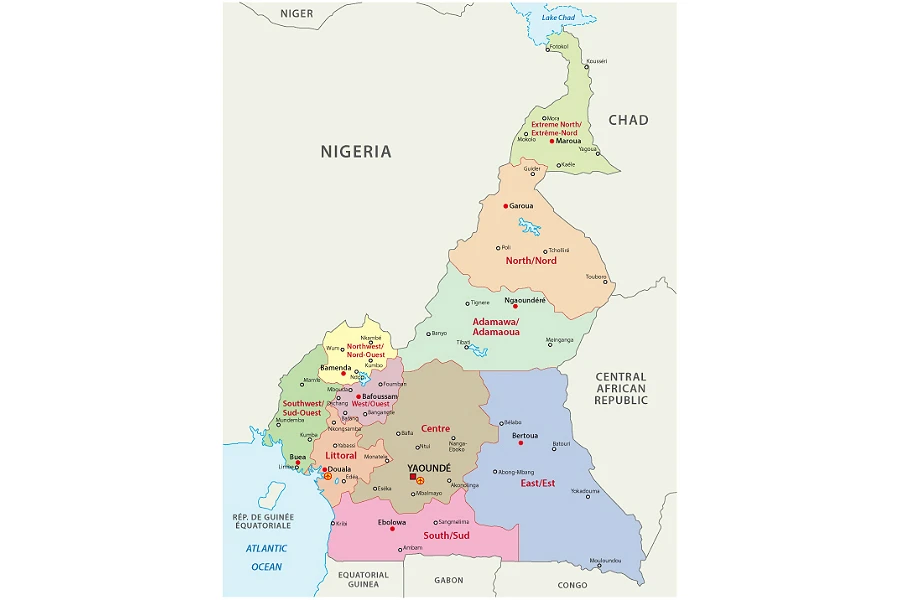
Annaya, Lebanon, Jan 10, 2019 / 03:16 am (CNA).- St. Charbel Makhlouf is known in Lebanon for the miraculous healings of those who visit his tomb to seek his intercession – both Christians and Muslims.
“St. Charbel has no geographic or confessional limits. Nothing is impossible for [his intercession] and when people ask [for something], he answers,” Fr. Louis Matar, coordinator of the Shrine of St. Charbel in Annaya, Lebanon, told CNA.
Speaking in Arabic with the help of an interpreter, Mater said the shrine, which encompasses the monastery where the Maronite Catholic priest, monk, and hermit lived for nearly 20 years, receives around 4 million visitors a year, including both Christians and Muslims.
Matar, who is responsible for archiving the thousands of medically-verified healings attributed to the intercession of the Maronite priest-monk, said that many miraculous cures have been obtained by Muslims.
Since 1950, the year the monastery began to formally record the miraculous healings, they have archived more than 29,000 miracles, Matar said. Prior to 1950, miracles were verified only through the witness of a priest. Now, with more advanced medical technology available, alleged miracles require medical documents demonstrating the person’s initial illness and later, their unexplainable good health.
One of the miracles documented by Matar at the end of December, when he spoke to CNA, was that of a 45-year-old Italian woman. Suffering from a neurological disease, she was hospitalized after it was discovered she had tried to commit suicide by consuming acid.
In the hospital, the doctors discovered that the damage to her esophagus and intestines was so extensive, “the last way possible to cure her was believing in God and praying,” Matar commented.
The woman’s parents began to pray, inviting others to pray with them. A religious sister of the Maronite rite heard about the prayer request and gave them holy oil from St. Charbel. After they spread the oil on the suffering woman’s stomach, chest, and head, she was cured.
This was just one of seven miracles archived in December, Matar said, calling each one “a phenomenon.”
“St. Charbel is a tool to reach God,” he said.
The Shrine of St. Charbel is composed of the Monastery of St. Maron, where the saint lived for 19 years with great devotion to prayer, manual labor, and contemplative silence; and the nearby hermitage where he lived a rigorous asceticism and profound union with God for the last 23 years of his life.
At the monastery, pilgrims can visit a church built in 1840, a small museum with artifacts and relics from the saint, and the site of his first grave. St. Charbel’s tomb, since 1952, is located inside a special cave-like chapel built into the property.
Even while he was alive, Charbel’s superiors observed God’s “supernatural power” at work in his life, and even some Muslims knew him as a wonder-worker.
Deeply devoted to God’s Eucharistic presence, he suffered a stroke while celebrating the Divine Liturgy of the Maronite Catholic Church on December 16, 1898, dying on Christmas Eve of that year. He was canonized in 1977 by St. Pope Paul VI.
In-text photos of St. Charbel Shrine: Credit Hannah Brockhaus / CNA.
If you value the news and views Catholic World Report provides, please consider donating to support our efforts. Your contribution will help us continue to make CWR available to all readers worldwide for free, without a subscription. Thank you for your generosity!
Click here for more information on donating to CWR. Click here to sign up for our newsletter.





St. Charbel Makhlouf, pray for us in this very difficult time for our Church.